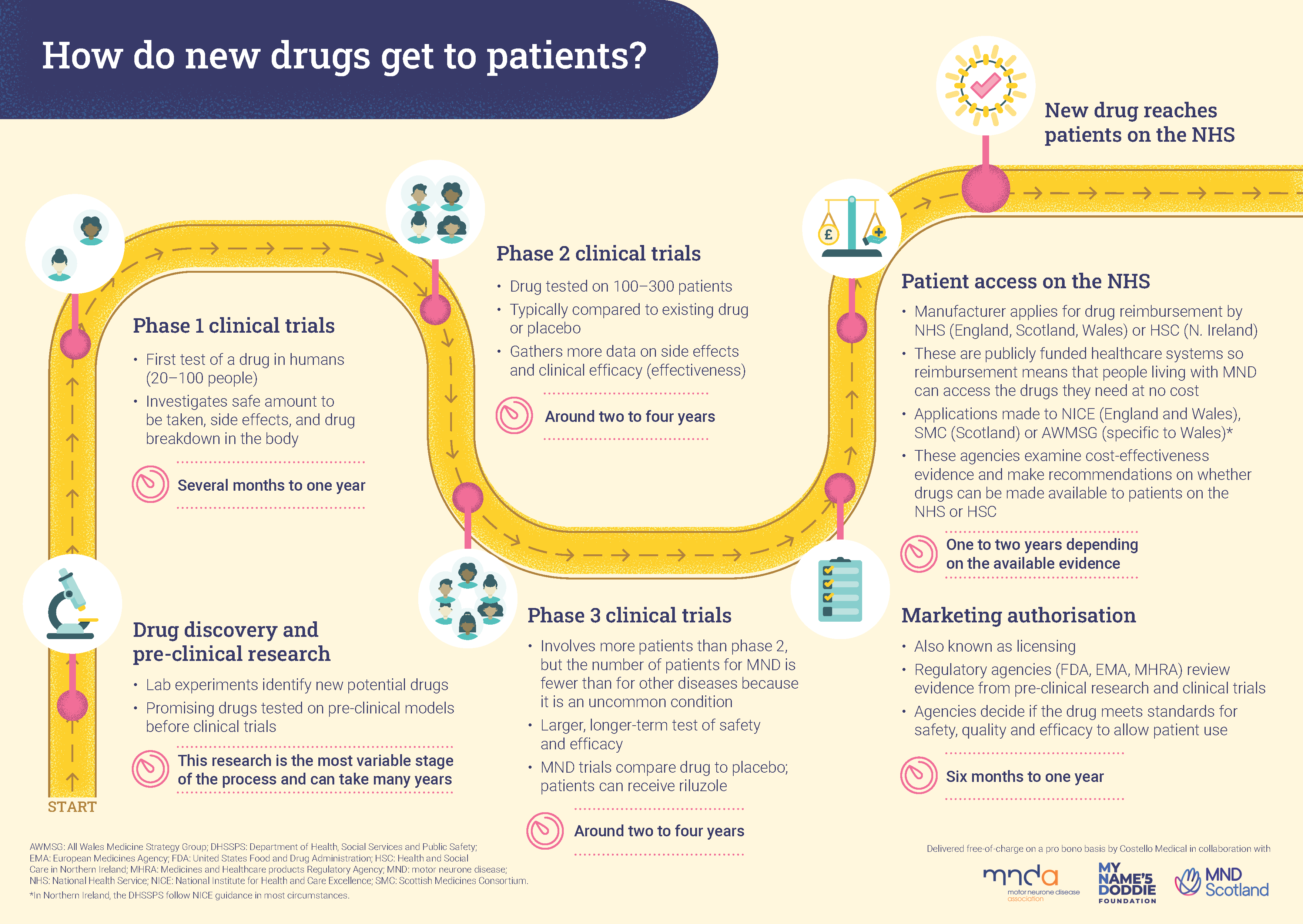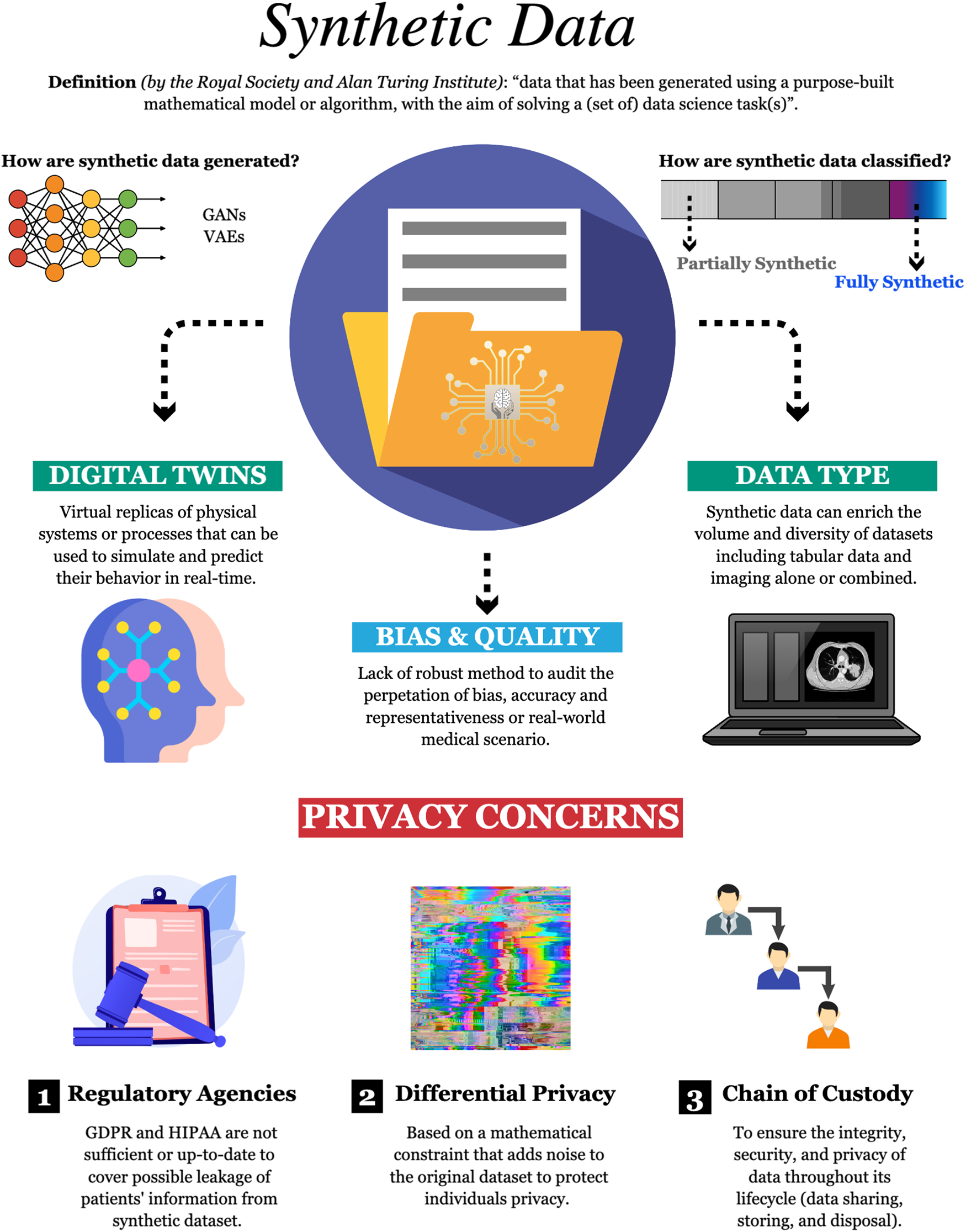Regulatory bodies in health and social care oversee the standards and practices within the sector. They ensure safety, quality, and accountability.
These bodies play a crucial role in maintaining public trust. They set guidelines that healthcare providers must follow. This ensures consistent and high-quality care for all. Without these regulations, the system could become chaotic and unreliable. Regulatory bodies also protect patient rights and promote ethical practices.
They monitor compliance and address any breaches in standards. This oversight helps prevent negligence and malpractice. Understanding their purpose is key to appreciating their impact on health and social care. In this blog, we will explore the essential functions of these regulatory bodies and their importance in the healthcare system.

Credit: www.mndassociation.org
Introduction To Regulatory Bodies
Regulatory bodies are organizations that oversee the health and social care sectors. They ensure services meet high standards. These bodies enforce rules and guidelines to protect the public. They also ensure the safety and quality of care.
Role In Health And Social Care
Regulatory bodies play a crucial role in health and social care. They monitor healthcare providers and social services. They set standards for medical practices. They also conduct regular inspections to ensure compliance.
These bodies can take action against providers who fail to meet standards. They can issue warnings, impose fines, or even close facilities. This helps maintain the quality of care.
Importance Of Regulation
Regulation ensures that patients receive safe and effective care. It protects vulnerable individuals in social care. By setting standards, regulatory bodies help to prevent malpractice.
Regulation also promotes trust in the health and social care system. It assures the public that services are safe and reliable. This trust is essential for the proper functioning of the system.
Types Of Regulatory Bodies
Regulatory bodies play a crucial role in health and social care. They ensure standards and protect patient safety. There are two main types of regulatory bodies: Government Agencies and Independent Organizations.
Government Agencies
Government agencies are official bodies. They operate under government control. They enforce laws and regulations. In health and social care, they ensure services meet required standards. Examples include the Food and Drug Administration (FDA) and the Centers for Medicare and Medicaid Services (CMS). These agencies monitor quality. They also ensure compliance with health care laws.
Independent Organizations
Independent organizations operate without direct government control. They set standards and guidelines. These organizations often provide accreditation. Examples include the Joint Commission and the National Committee for Quality Assurance (NCQA). They evaluate health care providers. They ensure high-quality care and patient safety. Independent organizations play a vital role. They complement government efforts in regulating health and social care.
Standards And Guidelines
Standards and guidelines are crucial in health and social care. Regulatory bodies ensure these standards are met. They help maintain a high level of care. This protects both patients and staff. Clear guidelines provide a framework for daily operations. They help in making informed decisions.
Quality Of Care
Regulatory bodies set quality benchmarks. These benchmarks ensure every patient receives good care. They cover various aspects like treatment effectiveness and patient satisfaction. Regular inspections help maintain these standards. Feedback from patients also plays a role. High-quality care leads to better health outcomes.
Safety Protocols
Safety protocols are vital in health care. Regulatory bodies define these protocols. They aim to minimize risks to patients and staff. These protocols include hygiene practices and emergency procedures. Regular training and audits ensure compliance. Safety protocols help prevent accidents and infections.

Credit: www.nature.com
Licensing And Accreditation
Licensing and accreditation are vital components in the health and social care sectors. They ensure that services meet required standards. Regulatory bodies play a key role in this. They provide the framework and guidelines. These standards protect patients and clients. They also ensure high-quality care. Below, we explore the roles of licensing and accreditation in health care professionals and social care services.
Health Care Professionals
Health care professionals must meet specific criteria. This includes education, training, and experience. Regulatory bodies oversee these requirements. They issue licenses to qualified individuals. This process ensures that professionals are competent. It also guarantees that they can provide safe and effective care.
Licensing includes several steps:
- Completion of accredited education programs
- Passing rigorous exams
- Ongoing professional development
Accreditation is also important for health care institutions. Hospitals and clinics must adhere to set standards. This ensures that they provide quality services. Regulatory bodies conduct regular inspections. They also review policies and procedures. Accreditation signifies that an institution meets high standards of care.
Social Care Services
Social care services support vulnerable individuals. This includes the elderly, disabled, and children. Regulatory bodies ensure these services are safe and effective. Licensing social care providers is crucial. It ensures they meet specific standards.
Requirements for licensing social care services include:
- Staff qualifications and training
- Safety protocols
- Quality assurance measures
Accreditation also plays a key role. It involves evaluating the services provided. Regulatory bodies assess compliance with standards. Accreditation ensures that social care services are trustworthy and reliable.
Both licensing and accreditation are essential. They ensure that health and social care providers deliver high-quality services. They protect patients and clients. They also maintain public trust in these important sectors.
Monitoring And Compliance
Regulatory bodies in health and social care play a crucial role in ensuring the safety and well-being of individuals. One of their primary purposes is monitoring and compliance. These tasks ensure that health and social care providers meet the required standards. This includes conducting regular inspections, audits, and imposing penalties for non-compliance.
Inspections And Audits
Inspections and audits are fundamental tools used by regulatory bodies. They assess the quality and safety of services provided. These processes help identify areas where improvements are needed. During inspections, regulatory bodies evaluate the physical environment, staff qualifications, and patient care practices. Audits, on the other hand, examine financial records and compliance with legal requirements.
Both inspections and audits ensure that providers adhere to established standards. They also help maintain transparency and accountability. Regular inspections and audits are essential for continuous improvement in health and social care services.
Penalties And Sanctions
When health and social care providers fail to meet the required standards, regulatory bodies impose penalties and sanctions. These measures are designed to enforce compliance and protect individuals from substandard care. Penalties can range from fines to the suspension of licenses.
Sanctions may also include mandatory training for staff or the implementation of corrective action plans. The goal is to ensure that providers address deficiencies and improve the quality of their services. By imposing penalties and sanctions, regulatory bodies uphold the integrity of the health and social care system.
| Type of Monitoring | Purpose | Outcome |
|---|---|---|
| Inspections | Assess service quality and safety | Identify areas for improvement |
| Audits | Examine financial and legal compliance | Ensure transparency and accountability |
| Penalties | Enforce compliance | Protect individuals from substandard care |
| Sanctions | Implement corrective actions | Improve service quality |

Credit: fiveable.me
Impact On Health Care Providers
The impact of regulatory bodies on health care providers is significant. These organizations ensure that health care providers meet high standards. They focus on patient safety and quality of care. Let’s explore how regulatory bodies improve health care services.
Improving Patient Outcomes
Regulatory bodies set guidelines that health care providers must follow. These guidelines help improve patient outcomes. For example, they ensure that doctors follow best practices. This reduces errors and improves treatment success. Studies show that strict guidelines lead to better health results.
Additionally, regulatory bodies conduct regular inspections. They check if health care providers meet standards. Inspections identify areas for improvement. This helps providers make necessary changes. As a result, patient care improves over time.
Ensuring Ethical Practices
Health care providers must follow ethical standards. Regulatory bodies ensure this happens. They create codes of conduct for providers. These codes include rules about patient privacy and consent. Following ethical practices builds trust between patients and providers.
Regulatory bodies also handle complaints from patients. They investigate and take action if needed. This ensures that providers act ethically. Patients feel safe knowing there is oversight. Ethical practices lead to better patient experiences.
Challenges And Criticisms
Regulatory bodies in health and social care play a crucial role. They ensure quality and safety in services. Yet, they face many challenges and criticisms. These issues can impact their effectiveness. Below, we explore some of these challenges.
Bureaucratic Hurdles
Bureaucratic hurdles often slow down processes. They create delays in decision-making. This can be frustrating for healthcare providers. It can also affect the timely delivery of services. Navigating through red tape can be exhausting. It often requires significant time and effort.
These hurdles can also lead to inefficiencies. Many find the paperwork overwhelming. It diverts attention from patient care. Regulatory bodies must streamline their processes. This can help reduce bureaucratic burdens.
Resource Constraints
Resource constraints are another major challenge. Many regulatory bodies work with limited resources. This includes both financial and human resources. They may struggle to meet increasing demands. This can affect their ability to perform effectively.
Limited resources can lead to understaffing. This increases the workload on existing staff. It can also impact the quality of oversight. Regulatory bodies need adequate resources. Only then can they ensure high standards of care.
Overall, addressing these challenges is crucial. It can help improve the effectiveness of regulatory bodies. This ensures better health and social care services.
Future Of Regulatory Bodies
The future of regulatory bodies in health and social care is rapidly changing. New technologies and global collaborations are reshaping how these bodies operate. They aim to ensure safety and quality in health services. Understanding these shifts can help us adapt to the future.
Technological Advances
Technological advances are transforming regulatory bodies. AI and machine learning are being used to analyze large datasets. This helps in identifying risks and improving compliance. Digital tools make it easier to track and monitor health care practices. These technologies enhance efficiency and accuracy in regulatory processes. They also offer new ways to ensure patient safety and care quality.
Global Collaboration
Global collaboration is key for future regulatory bodies. Health and social care issues often cross borders. Countries are working together to create unified standards and guidelines. This collaboration helps in sharing best practices and innovations. It also strengthens regulatory frameworks worldwide. Joint efforts lead to better health outcomes and more effective care.
Frequently Asked Questions
What Are Regulatory Bodies In Health And Social Care?
Regulatory bodies ensure that health and social care services meet standards. They protect public health and safety. They inspect, monitor, and enforce regulations. Their aim is to improve care quality.
Why Are Regulatory Bodies Important In Healthcare?
Regulatory bodies maintain high standards in healthcare. They ensure patient safety and service quality. They also enforce compliance with laws. This helps build public trust in healthcare systems.
How Do Regulatory Bodies Protect Patients?
Regulatory bodies set and enforce care standards. They conduct inspections and investigations. They address complaints and take corrective actions. Their goal is to ensure patient safety and quality care.
What Is The Role Of Regulatory Bodies?
Regulatory bodies set standards for health and social care. They monitor compliance and inspect services. They enforce regulations and provide guidance. They aim to improve service quality and protect users.
Conclusion
Regulatory bodies in health and social care ensure safety and quality. They protect patient rights and improve service standards. Their guidelines help maintain consistent care. Professionals stay accountable due to these regulations. This builds trust between patients and providers. Understanding their role helps you appreciate their importance.
Clear rules lead to better health outcomes. So, they are vital for a well-functioning care system.

“As the voice behind Radiant Glow Health, we are dedicated to being your ultimate wellness and vitality companion. Our mission is to inspire and guide you on your journey to a healthier and more vibrant life. Join us as we explore holistic health practices and empower you to radiate wellness from within.”



